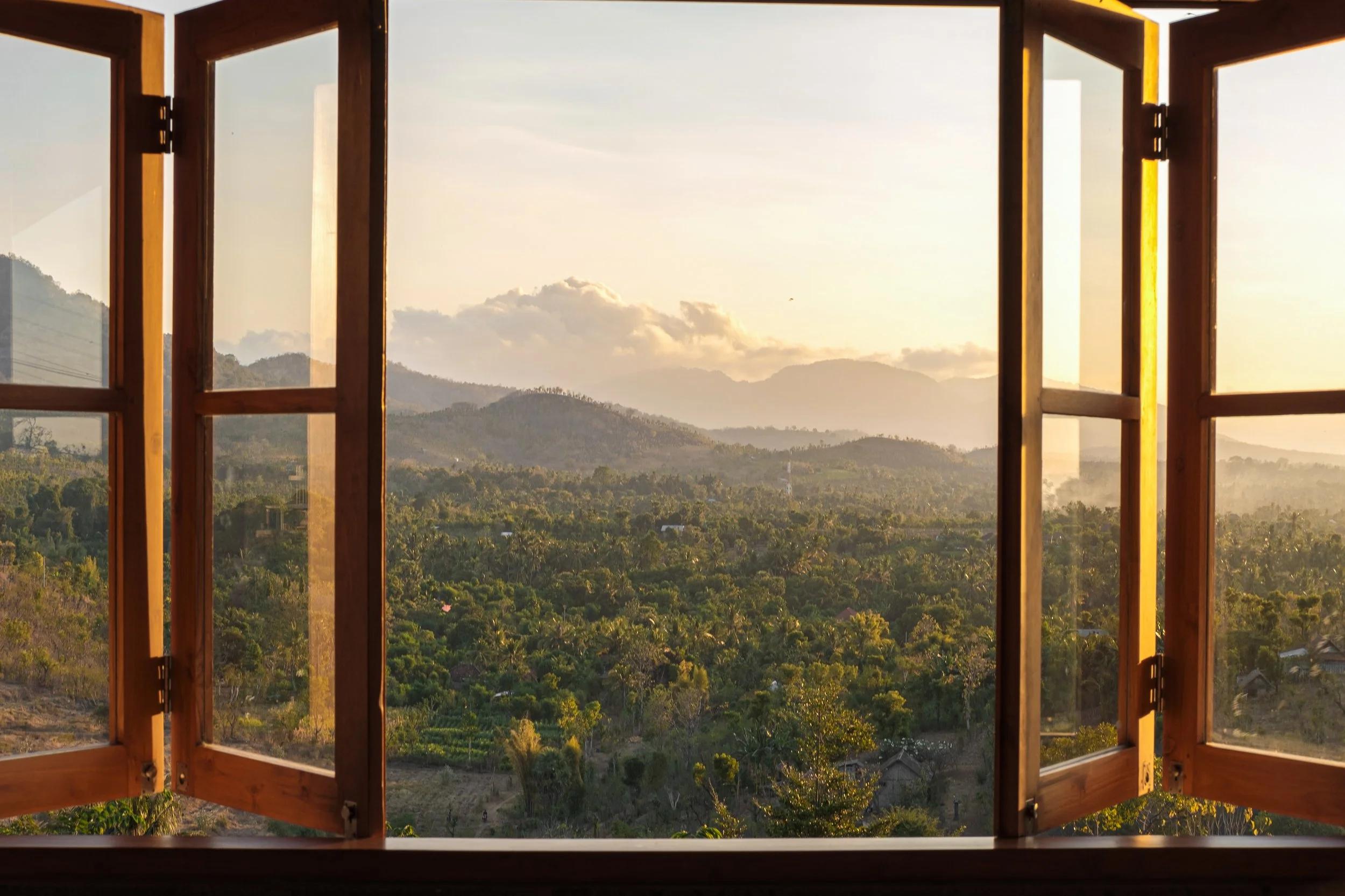A German patient once shared the following phrase with me…
“Geteilte Freude ist doppelte Freude. Geteiltes Leid ist halbes Leid.”
“A pleasure shared is a pleasure doubled. A problem shared is a problem halved.”
While this phrase may emphasize the overall value that German culture places on shared experiences, the latter statement can be used to succinctly describe the therapeutic process. Individuals seeking therapy do so with courage knowing they will be sharing problems or difficulties with the therapist. For many, this first step can be intimidating. It is also the first step towards lessening or unburdening some of the weight of the issue being carried. As a clinician, it is always important for me to be mindful that the foundation of therapy is to create an environment that will allow this sharing through openness, honesty and attunment.
Therapy And The Art of Gardening
To cultivate such an environment, my personal philosophy centers around three specific principles which may be likened to the art of gardening. In gardening, proper conditions are necessary for any seed to grow into its maximum potential. This is also true within the human condition. We all have the potentiality for personal growth and an innate desire to improve our physical, mental, emotional, spiritual, relational, and professional lives. Creating the right environment is vital to nurturing this growth. The therapeutic environment is no exception. The right conditions need to be in place for the patient to feel safe in trusting the therapist and the therapeutic process. Therefore, I’d like to share how I try to cultivate this type of environment by using the analogy of gardening.
The three components that are required to grow any plant are soil, water and sunlight.
The soil of therapy is trust
Soil is the foundation because it contains the proper nutrients needed by the seed. It also allows the seed to set roots, which serves a dual purpose of helping absorb the nutrients and to secure stability for the plant to withstand the conditions above ground.
The soil, or foundation of therapy is trust. If a client cannot feel safe and secure in therapy, there is little hope for the therapeutic process. When we do not feel safe, we feel vulnerable. This can be scary for some and can cause defenses to go up. Our protective strategies or defense mechanisms can limit what is shared in therapy and what is received from the therapist.
To help a patient feel safe in their vulnerability they need to feel heard and understood. Validation of the patient’s experiences, thoughts, and emotions let them know that they are free to express without the fear of judgement or criticism. I strive to maintain a mindful awareness of the patient’s emotional state and to honor the space they occupy. Hopefully, by feeling validated and not judged, the patient will begin to trust the therapist and the office as a safe place.
THE WATER OF THERAPY IS ADAPTABILITY
While properly enriched soil is the foundation for plant growth, it isn’t enough to survive on alone. The seed and subsequent roots of a plant need water as well.
Water serves a few different purposes, but one primary function is its aid in the delivery of the soil’s nutrients into the plant. It is important to note the delicate balance of nature, as too much and/or too little water can impede the plant’s growth. Therefore, water in therapy is about knowing what the proper amount of therapeutic care is needed, what type of therapeutic approach is most appropriate, and when to introduce new skills, concepts, and ideas.
Being adaptable like water can also help in knowing what, how, and when to give proper feedback, challenge unhealthy beliefs or behaviors, give new perspectives, and build positive and healthy skills necessary for growth.
THE SUN OF THERAPY IS COMPASSION
As soil and water are interdependent to each other, sunlight is the other necessary component for plant growth.
Just as the soil needs the water, the water needs the sun for photosynthesis. In photosynthesis, sugar is created and used for energy transformation which is needed for plant growth and distribution of oxygen.
In this analogy, sunlight in therapy is compassion. Just as the sun creates warmth and provides energy, compassion is felt similarly. It warms and invigorates. Compassion, some believe, is the highest form of service, as it connects deeply with the pain or suffering of another with the purpose of alleviating or healing that pain. When compassion is felt, it serves a dual role, both internally and externally. It gives strength to work through the pain (inner) and inspires to be more compassionate to others (outer). Just as the sun creates energy for plant growth (inner) and the distribution of oxygen for others (outer).
My hope as a clinician is to embody these conditions in my therapeutic care, because I believe that all individuals have the capacity for growth. And when growth is achieved, it can be celebrated and shared in therapy, which as the German’s believed, magnifies the joy.




